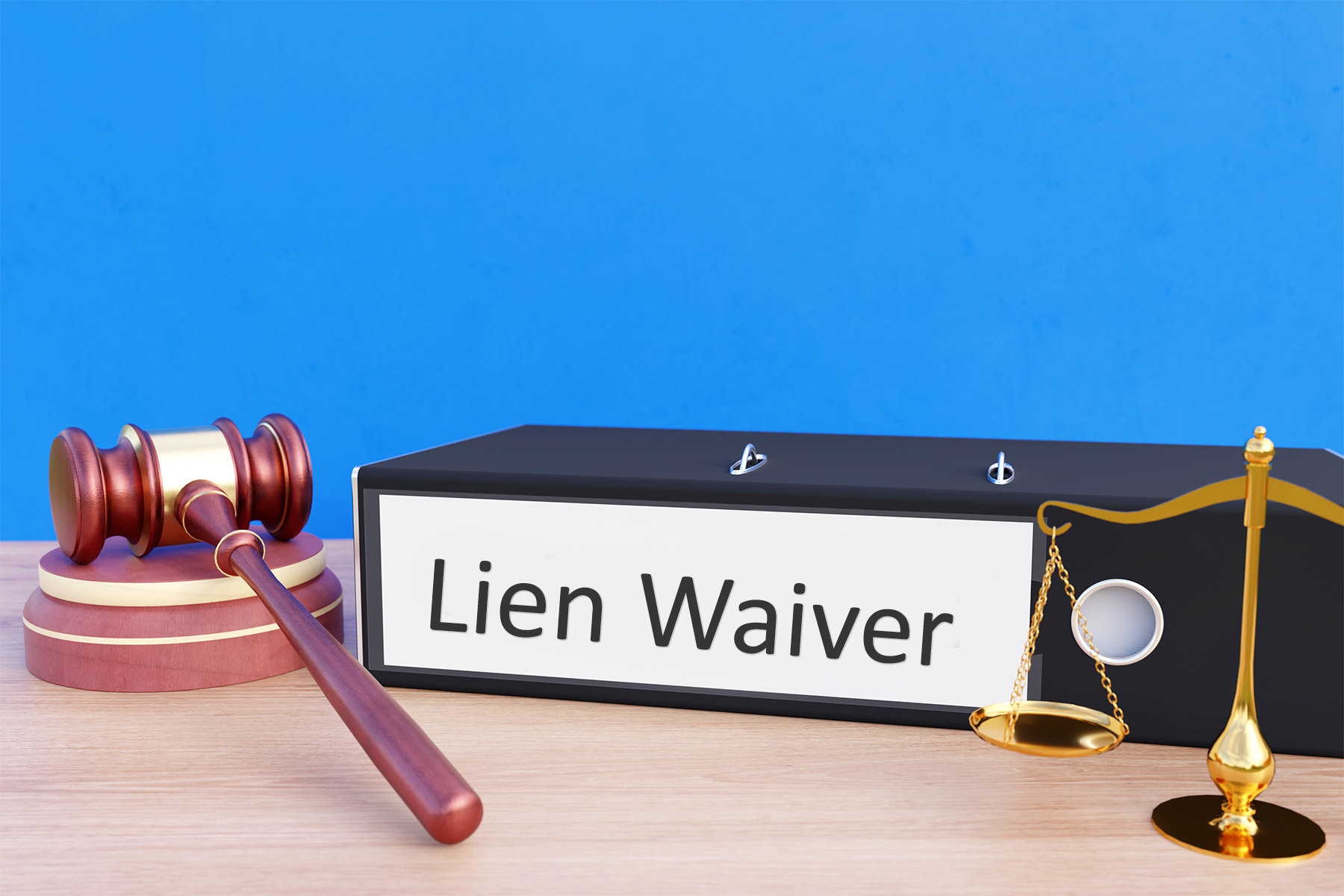

Are you overwhelmed and confused by the complex lien waiver rules and requirements in the State of Texas? If you answered yes, you are not alone! In this article, we’ll help you with navigating the complex and confusing lien waivers process.
Why do you need a lien waiver? Lien waivers are documents that act as a receipt for funds, and state that the party receiving the funds waives their mechanic’s lien rights once payment has been made. Typically, the party making a payment, such as the general contractor or the owner, will require the subcontractor receiving payment to sign and execute a lien waiver.
It is always essential to understand what you are signing, and that is especially true when it comes to lien waivers. The Texas legislature created a set of standard lien waiver forms in 2011, to be used for all construction projects, to try and create a level playing field. Failure to use these forms, using the waivers in the incorrect order, or attempts to modify the waiver language will result in the lien waiver request being invalid and unenforceable.
Before 2011, lien waivers were a mess, and there was a higher risk of abuse than there is today. While these forms have added some extra protection by preventing parties from modifying the language, there is still a risk for mistakes. Next, we will review the mandatory process of executing lien waivers. If these steps are not followed correctly or if a specific language is added, this can limit the subcontractor’s ability to collect what is owed to them.
Lien waivers must be submitted in a specific order, listed below.
Important note – ALL Texas lien waivers must be notarized to be valid!
The conditional waiver and release on progress payment is submitted at the same time a pay application is provided. The waiver and the payment application should state the exact same time period. This first agreement is conditional, meaning your lien rights are not waived until payment is made.
For the next pay application, you will need an unconditional waiver for the month before and a conditional waiver for the current pay application. The unconditional waiver states that your lien rights are now waived, since you have been paid in full, for the period indicated in your payment application. You should not sign the unconditional lien waiver until you have been paid in good funds (the check has cleared).
This process is followed throughout the whole project, until the final pay application. For the final pay application, the subcontractor submits the conditional waiver on final payment, which states the total remaining amount you are due for the project, including retainage. Once you are paid in full (including retainage), you supply the general contractor with the unconditional waiver. The unconditional waiver and release on final payment state that your lien rights are waived now that the final payment has been received.
Do not sign it! Under section 52.283 of the Texas property code, it is illegal to make anyone sign either type of unconditional lien waiver if they have not been paid. We know in the real world this happens all the time. We also know in reality, even though it is against the law to make someone sign an unconditional waiver if you sign it, it can and will be used against you. We recommend that you do not sign an unconditional waiver if you have not been paid, especially if this is the first time you are working for a specific company or person.
Before you sign away your mechanic’s lien rights, you need to make sure the forms and the lien waiver process is being correctly followed. If you are unsure about any part of the lien waiver process or are concerned about language in a lien waiver you have been asked to sign, we are here to help. Here at The Cromeens Law Firm, we are highly experienced in Texas lien waivers. We can review and customize lien waivers, and we can include additional details to ensure you and your business are protected!
The four Texas statutory lien waivers can be found at sections 53.281 – 53.287 of the Texas property code, and for your convenience, we have linked to each document below.
If you have any further questions call us at 713-715-7334.
Karalynn Cromeens is the Owner and Managing Partner of The Cromeens Law Firm, PLLC, with over 17 years of experience in construction, real estate, and business law. A published author and passionate advocate for contractors, she has dedicated her career to protecting the businesses her clients have built. Karalynn is on a mission to educate subcontractors on their legal rights, which inspired her books Quit Getting Screwed and Quit Getting Stiffed, as well as her podcast and The Subcontractor Institute.

